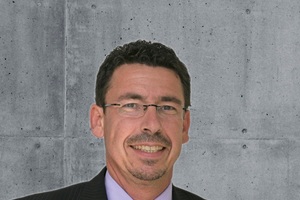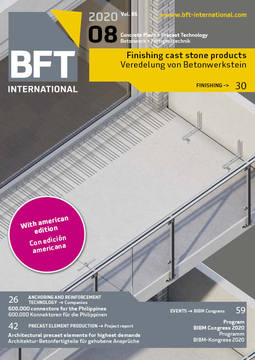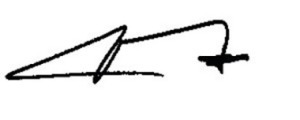Potentials of concrete
One certainly does not have to be a prophet, dear readers, to predict that the further development of concrete since the invention of opus caementitium is still a long way from complete. The recent decades in particular have shown the vast potentials still waiting to be unlocked.
Just recently, in my home office, I came across study material from the early 1980s, back when I served my apprenticeship as a concrete constructor and bricklayer at the company BMK Dresden. Then, concrete was mainly a relatively easily comprehended three-component system – and, besides, a colorless mass product. At the turn of the millenium, I had just completed my advanced training in concrete technology at the ABZ Mellendorf. By then, matters already looked quite different, owing alone to the demanding calculation of the formulas. And today we are talking about Industry/Concrete 4.0 with additive production in the 3D printing process and UHPC with compressive strengths beyond 150 N/mm², about carbon concrete and textile concrete made of regenerative raw materials and gradient concrete – and going all the way to the program Opus Fluidum Futurum, to mention only a few examples.
Many of these future-oriented developments will also be content of the next major international trade events. Worthy of particular attention among these are the 23rd BIBM Congress in Copenhagen, Denmark (program pp. 57), the 65th Betontage in Neu-Ulm in Germany and the 27th International IFF Conference in Weimar. Your BFT will report on them promptly as always.








